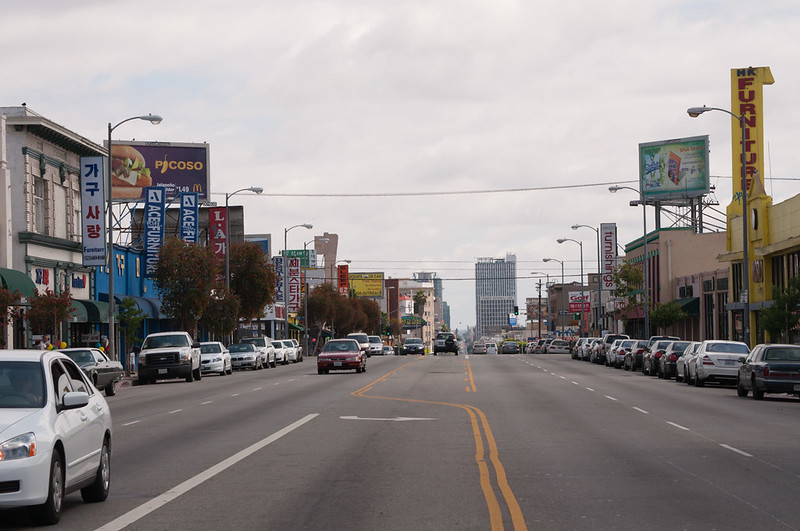The number of COVID-19-positive patients in Orange County hospitals dropped by nearly 50, marking the first significant decrease in hospitalizations during this winter’s Omicron variant-fueled surge, according to data recently released by the Orange County Health Care Agency.
The number of hospitalized patients fell from 1,232 Wednesday to 1,183 on Thursday, while the number of patients in intensive care declined from 207 to 199.
The county’s percentage of available ICU beds was at 19.4% Thursday, while the number of available ventilators was at 61%. Health officials get concerned when the percentage of ICU beds drops below 20%.
Of those hospitalized, 85% are unvaccinated, and 87% of the ICU patients are not inoculated.
COVID-positive hospitalizations have not been this high since early February of last year, when there were 1,233 COVID-19 patients in the county on Feb. 4 and 1,164 on Feb. 5.
Andrew Noymer, an epidemiologist and UC Irvine professor of population health and disease prevention, told City News Service the data on Thursday appeared “encouraging.”
He added, “The numbers look good for the first time in a long time … we may have found a peak … I’m pleased as punch about today’s numbers, but it’s not the end of COVID. Let’s give it a few more days to see what’s really going on.”
One wild card is that some schools are just starting a first week back on campus, Noymer said.
“There’s still some momentum that can be building here,” Noymer said.
The county’s adjusted daily case rate per 100,000 residents dipped from 205.5 Wednesday to 200 Thursday. The testing positivity rate inched down from 27.9% to 27.4%, and edged down from 31.8% to 31.5% in the health equity quartile, which measures underserved communities hardest hit by the pandemic.
The county reported 6,532 new positive COVID-19 tests Thursday, raising the cumulative total since the pandemic started to 466,107. The county logged five more fatalities since last week, upping the cumulative death toll to 5,946.
Three of the dead reported on Tuesday were skilled nursing facility residents, raising the death toll to 1,225 in that category. The death toll for assisted living facility residents stands at 647.
Outbreaks — defined as three or more infected residents — dropped from 42 elderly assisted living facilities last week to 37 as of Tuesday, and from 30 to 29 for skilled nursing facilities.
County officials are coordinating staffing assistance and COVID-19 tests at the assisted living and skilled nursing facilities, Orange County’s chief health officer, Dr. Clayton Chau said. The tests help residents and staff assess risk so operators can keep visiting hours open.
“It’s not good for their mental health” to not be able to visit with relatives, Chau said at a news conference Tuesday.
There are enough hospital beds available for patients, but it’s uncertain whether there are enough nurses and doctors to staff them. That’s why state officials are allowing some infected healthcare workers to report to work if they are asymptomatic and are working with infected patients, as hospitals have run out of options, Chau said.
Orange County jails are also managing another surge in infections. As of Wednesday, there were 275 infected inmates with 60 coming from newly booked inmates. That’s an increase from 202 inmates infected on Friday.
Orange County Board of Supervisors Chairman Doug Chaffee implored residents to get vaccinated. He pointed out the vast majority of COVID hospital patients are unvaccinated.
“That’s stressing the whole system,” Chaffee said. “People who have other medical needs won’t get the care they need because the hospital is filled with unvaccinated patients. If we work together we’ll win this COVID battle and make 2022 a successful and prosperous year.”
Of the deaths logged Thursday, three occurred this month, raising January’s death toll so far to 15. The other two occurred last month, raising December’s death toll to 78.
November’s death toll stands at 104, October’s at 127, September’s at 196 and August’s at 182.
In contrast, the death toll before the Delta variant fueled a summer surge was 31 in July, 19 in June, 26 in May, 47 in April, 202 in March and 620 for February. January 2021 remains the deadliest month of the pandemic, with a death toll of 1,598, ahead of December 2020, the next deadliest with 985 people lost to the virus.
The number of fully vaccinated residents in Orange County reached 2,372,444, according to data released Thursday. That number includes an increase from 2,205,067 last week to 2,219,206 of residents who have received the two-dose regimen of vaccines from Pfizer or Moderna.
The number of residents receiving the one-dose Johnson & Johnson vaccine increased from 152,694 to 153,238. Booster shots increased from 975,937 to 1,043,267.
“I am pleased to hear that,” Noymer said.
In the relatively recently eligible age group of 5 to 11 years old, the number of children vaccinated increased from 52,803 to 57,435 versus 211,145 who have not been vaccinated. It’s the least vaccinated age group in Orange County. The next-worst vaccinated age group is 25 to 34, with 316,763 inoculated and 142,638 who have not gotten a shot.
The case rate for 100,000 unvaccinated residents decreased from 355.9 on Jan. 8 to 234.1 as of Jan. 15, the most recent data available. For those fully vaccinated without a booster, the case rate dropped from 275.5 to 162.1. For the fully vaccinated with a booster, the rate dropped from 114.8 to 73.5.







